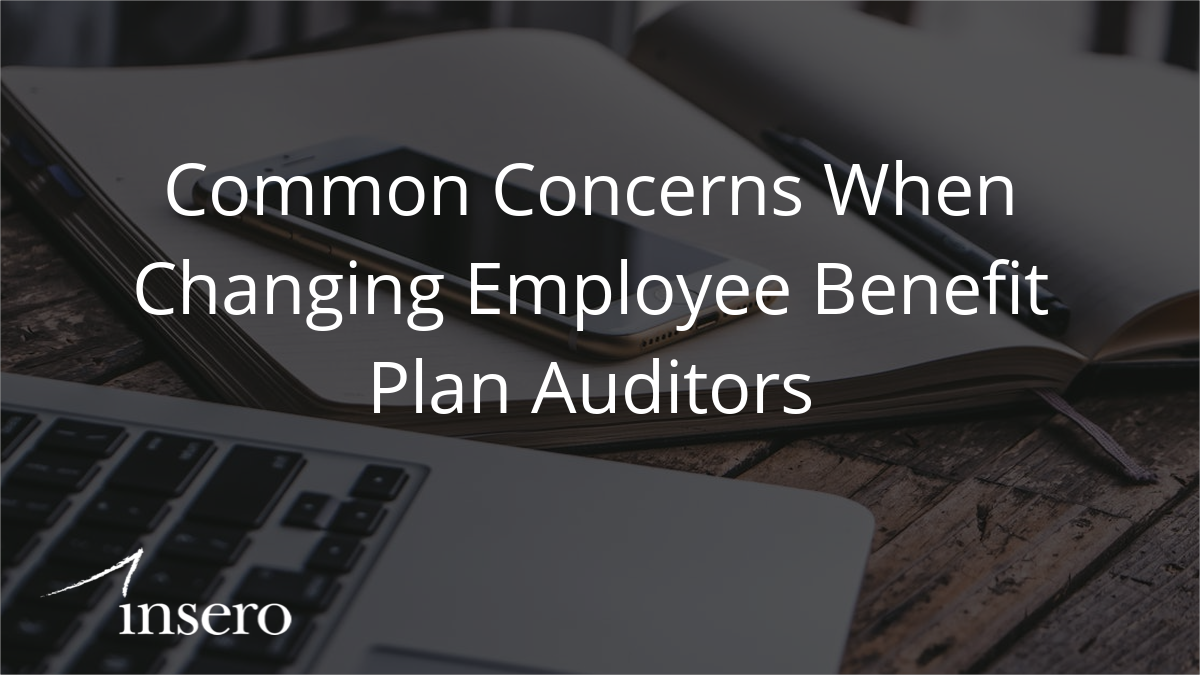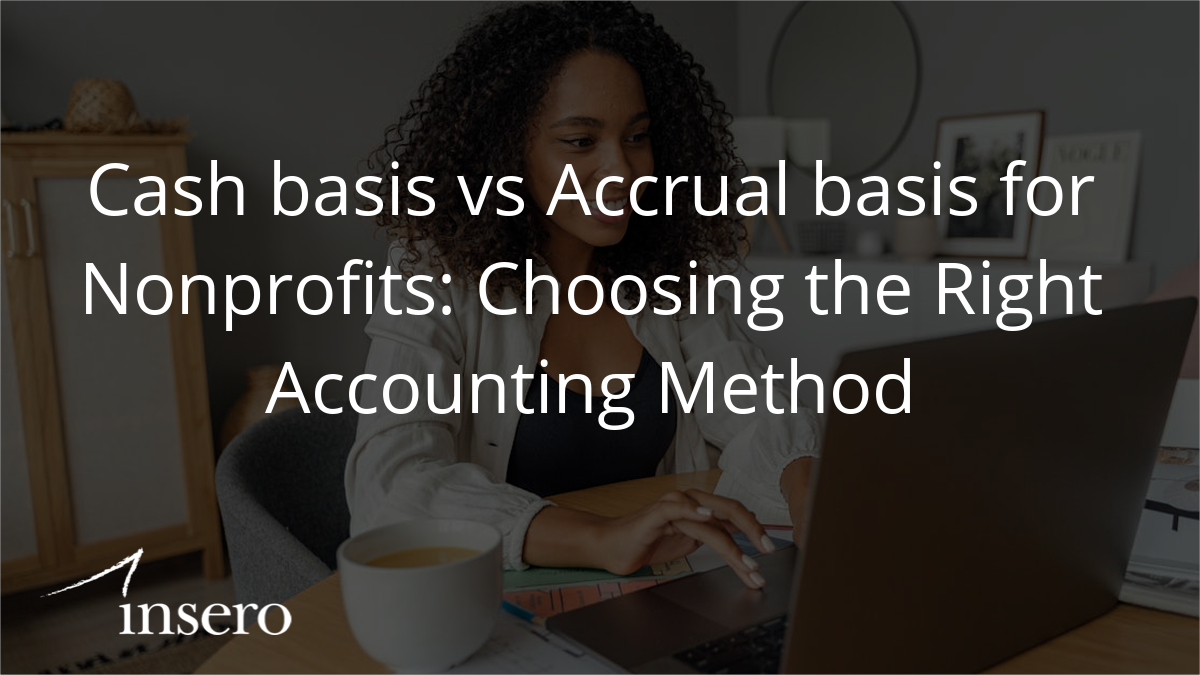Watch employee turnover rate to avoid partial termination
If you’ve laid off more than 20% of your plan participants over the course of your plan year — an unfortunate necessity for many employers during the COVID-19 pandemic — the IRS might deem that your retirement plan has undergone a “partial termination.” This triggers the immediate vesting of all employer contributions made to the plan on behalf of the laid-off participants, even if they hadn’t satisfied your regular vesting requirements. IRS guidance and the Consolidated Appropriations Act (CAA) provide instruction and relief.
What are the facts and circumstances?
So, what constitutes a partial termination? And what are the vesting requirements resulting from a partial termination? To clear up confusion, the IRS has issued guidance.
The rule isn’t as rigid as it might appear. According to the IRS guidance, “facts and circumstances” determine when a partial termination occurs. Plans that hit the 20% threshold create a “rebuttable presumption” of termination. The IRS guidance reviews this presumption.
How do you make the calculation?
The basic formula works like this: Divide the number of “affected employees” who experienced an “employer-initiated severance from employment during the appliable period” by the sum of:
- All participants at the beginning of the period, and
- Employees who became participants during the applicable period.
For example, suppose you began your plan year with 85 participants, laid off 20 participants and added 7 new participants. The math: 20 ÷ (85 + 7) = 21.7%. If instead you added 16 new participants over the course of the year (still fewer than you laid off). Your turnover rate would be just below 20% — 19.8%, specifically.
Are there other factors?
The calculation isn’t always so cut-and-dried. For example, while your plan year is usually the period for doing your calculation, the “applicable period” as defined by the regulations “can be longer if there are a series of related severances from employment.” And if the current plan year is shorter than 12 months, “the applicable period includes the short year and the immediately preceding plan year.”
Also, if you regularly experience a turnover rate exceeding 20%, you might not be deemed to have had a partial termination. Factors that will determine whether the high turnover rate is routine include not only the documented number of employees involved, but also whether the new employees:
- Performed the same functions,
- Had the same job classification or title, and
- Received comparable compensation.
Although the FAQs don’t directly address the issue, presumably a pattern of eventually replacing laid-off employees with others for similar positions would point to high turnover rates as a routine practice, and thus not trigger a partial termination.
What about the CAA?
The CAA addresses partial terminations. It helps sponsors who had to lay off plan participants during the COVID-19 crisis avoid the risk of having their retirement plan deemed to have experienced a partial termination.
Under the CAA, as long as the number of active participants in your plan as of March 31, 2021, is at least 80% of the number you had on March 13, 2020, you won’t be treated as having experienced a partial termination. This is true no matter how low your participant roster may have temporarily dropped during that period.
Don’t get terminated
The COVID-19 pandemic has caused uncertainty in many ways for employers and employees. Be sure to consult your retirement plan advisor and tax professional to make sure your turnover rate and vesting obligations meet IRS requirements.
Questions?
You can count on our Employee Benefit Plan Audit team’s knowledge and ability to provide answers to your questions: from filing and reporting requirements to complex interpretations of benefit regulations. Contact us today.




